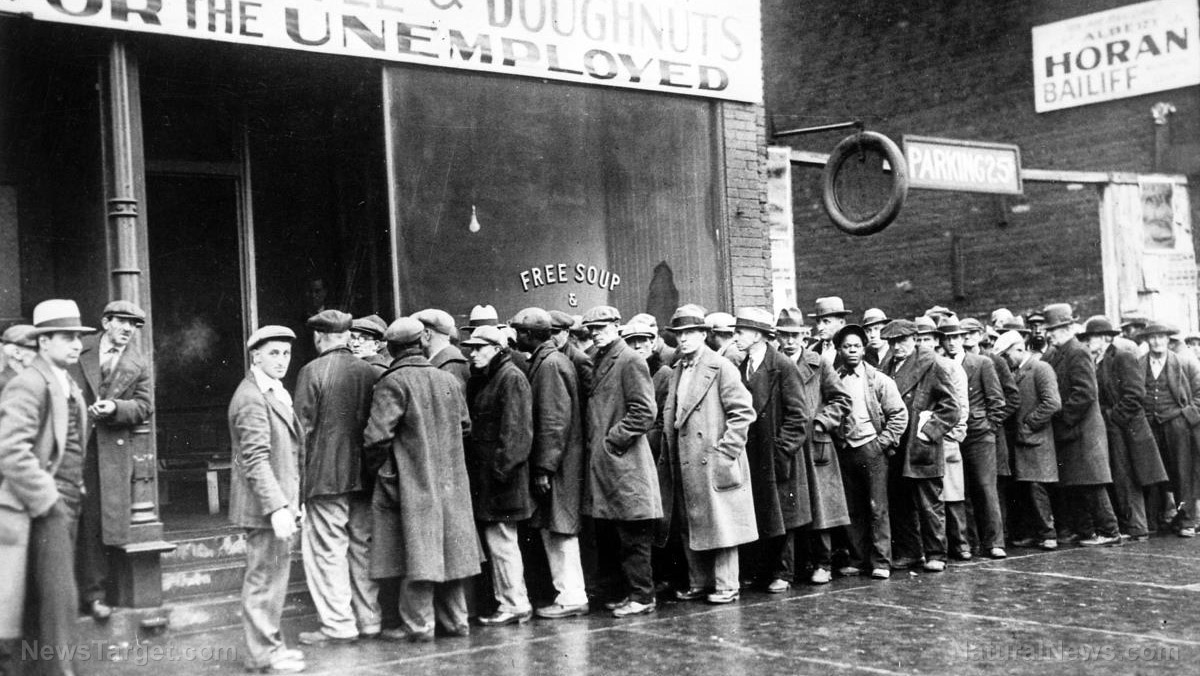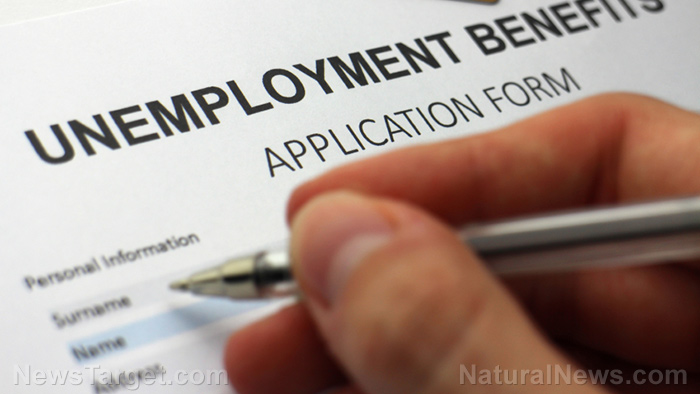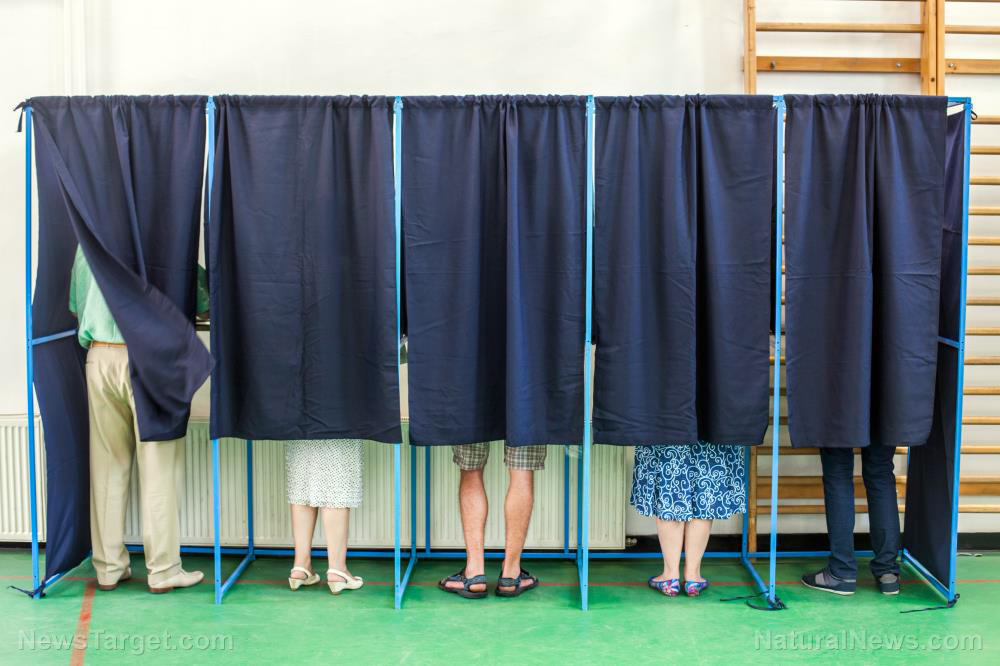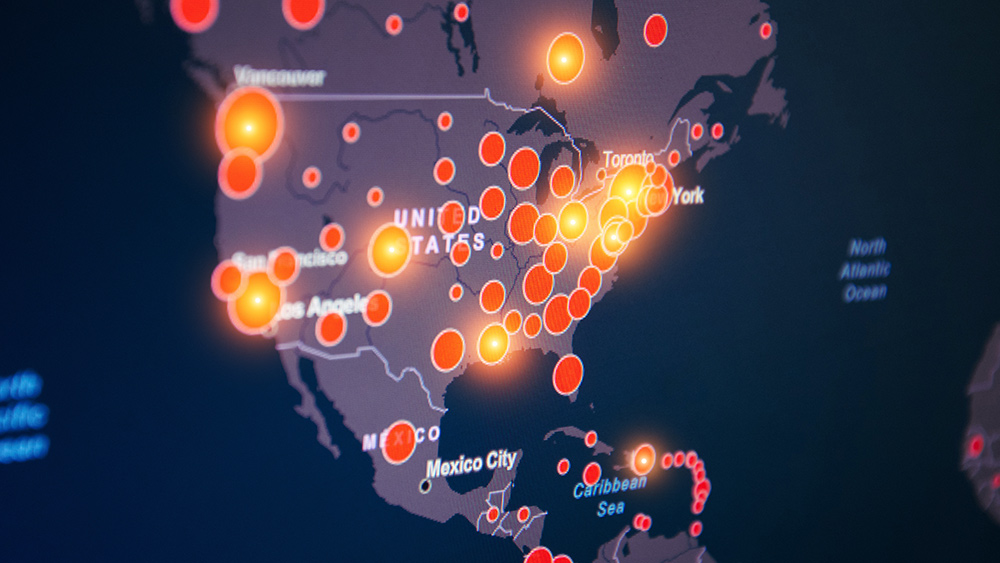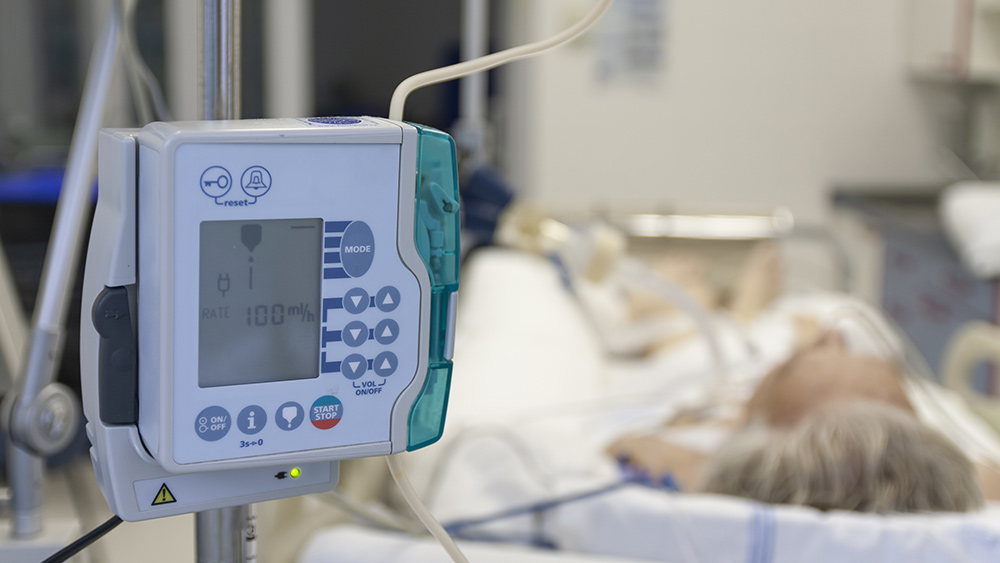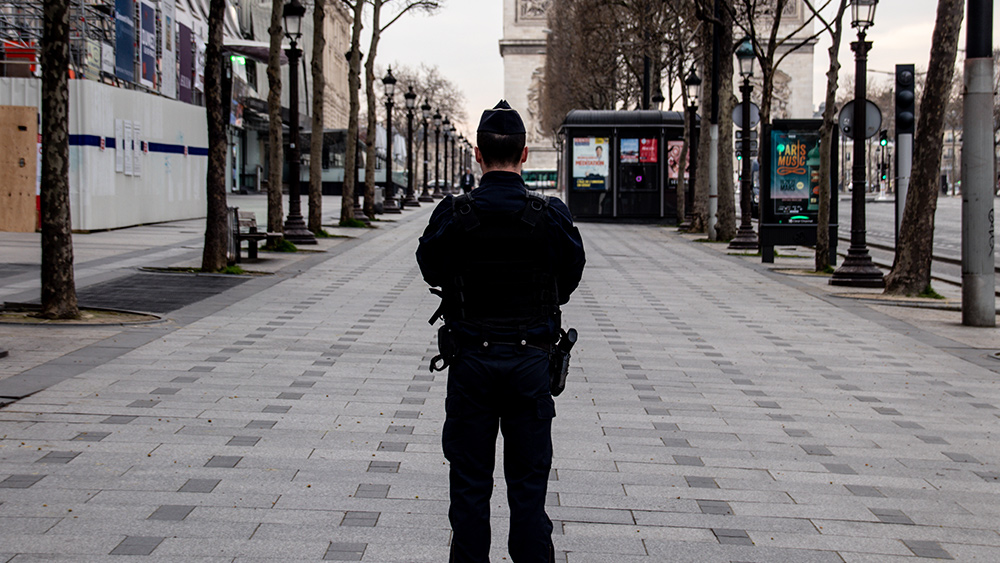SECOND WAVE of coronavirus infections about to hit Germany as country relaxes lockdowns and social distancing regulations
05/12/2020 / By Arsenio Toledo

The second wave of coronavirus (COVID-19) infections is starting to hit Germany just as the country’s leaders loosened lockdown and social distancing restrictions.
The Robert Koch Institute (RKI), a German federal agency and research center for disease control and prevention, stated that the number of people that COVID-19 patients were infecting – known as the reproduction rate – has risen to 1.1 on May 9 and 1.13 on May 10. This means that the number of coronavirus infections in Germany is growing.
Germany’s coronavirus reproduction rate began increasing as lockdown restrictions were loosened
A potential second wave of coronavirus cases in Germany were reported after the country began to ease its lockdown, prompting global alarm https://t.co/NEvxxSmjK1 pic.twitter.com/PbW2RbGGzM
— Reuters (@Reuters) May 12, 2020
The RKI has repeatedly stressed the need to keep the reproduction rate below one in order for the country’s outbreak to eventually subside. At the beginning of May, the reproduction number was between 0.7 and 0.8 for several days. On the day German Chancellor Angela Merkel announced a gradual easing of lockdown and social distancing restrictions, the reproduction rate stood at 0.65.
When the coronavirus pandemic first started taking over Europe, Germany was one of the countries that had a better handle on the outbreak. This allowed them to keep their reproduction rate below one – meaning that COVID-19 was dying out in Germany.
“It has to be expected that [the reproduction rate] will go over one and we will return to exponential growth,” wrote Karl Lauterbach, a member of Germany’s Bundestag or lower house, and professor of epidemiology, on a post in his Twitter account.
“The loosening measures were far too poorly prepared.”
Despite the growing fears over a second wave of coronavirus infections, the RKI stated in a bulletin issued on May 9 that it may be too early to infer whether the number of new infections will increase or decrease, adding that the country’s reproduction rate is still subject to “statistical uncertainty” and that the current increase in the country’s rate necessitates further research and a close monitoring of the situation.
Chancellor Merkel establishes rules for gradual reopening of Germany
But as Germany’s outbreak didn’t strike fear in the populace the way it did in Italy or Spain, the country’s politicians have been struggling to convince the public that the country’s social distancing and lockdown protocols needed to stay in place for a little while longer. This phenomenon is known as the “prevention paradox,” and it forced the hand of Merkel, who bowed to political pressure to begin relaxing the country’s coronavirus protocols. (Related: German Chancellor Merkel warns 70 percent of Germany now at risk of being infected by the coronavirus.)
On May 6, Merkel announced a set of ground rules for the country’s 16 federal states that were planning to begin easing coronavirus restrictions. Some of these states had already announced unilateral reopening plans – Merkel’s rules are designed to rein in the more overenthusiastic states.
These new rules have allowed states to begin breathing life back into their stalled economies. But they also allow Merkel to activate an “emergency mechanism.”
This mechanism would put municipalities back under a strict lockdown if hospitals and care homes registered more than 50 new COVID-19 infections per 100,000 inhabitants within a single week. It should be noted that epidemiologists have complained that this number is too high.
Merkel seemingly had to bow to pressure from multiple state governments – as well as protesters all over Germany – to relax lockdown and social distancing measures. However, this emergency mechanism protocol will allow the federal government to re-exert control if coronavirus infections pick back up.
“We have to be careful that this thing doesn’t slip from our grasp,” said Merkel.
Berlin, Germany🇩🇪
Anti lockdown protest. #coronavirus #COVID19 #SARSCoV2 #unrestpic.twitter.com/SVWK1QGprZ— 🕊️ Pandemic Survivors 🌍🌎🌏 (@PndmcSurvivors) May 9, 2020
Under the country’s lockdown exit strategy, shops, including shopping malls and department stores, schools and nurseries will be allowed to reopen. The country’s bars and restaurants will also go through a phased reopening under state discretion, provided that they follow new hygiene protocols, beginning on May 22.
States will also be allowed to reopen hotels, cinemas, theaters and concert halls if they so choose, provided that they also follow new hygiene rules.
Three municipalities, in the states of Thuringia, Schleswig-Holstein and North Rhine-Westphalia, respectively, have triggered the emergency mechanisms. In Schleswig-Holstein and North Rhine-Westphalia, the coronavirus broke out among workers at meat processing plants.
As of May 11, Germany has 169,575 confirmed cases of COVID-19, including 7,417 deaths. It is still too early to tell whether the country’s number of coronavirus cases will shoot up again. However, if current trends hold, the country’s reproduction rate will probably continue to increase and a second wave of coronavirus infections will begin hitting Germany while its guard has been lowered.
Sources include:
WHO.int 2 [PDF]
Tagged Under: Angela Merkel, China, coronavirus, coronavirus second wave, covid-19, economy, Flu, Germany, government, infections, lockdown, lockdowns, oubreak, outbreak, pandemic, quarantine, reopening, reproduction rate, second wave, social distancing, superbugs, virus
RECENT NEWS & ARTICLES
COPYRIGHT © 2017 COLLAPSE.NEWS
All content posted on this site is protected under Free Speech. Collapse.news is not responsible for content written by contributing authors. The information on this site is provided for educational and entertainment purposes only. It is not intended as a substitute for professional advice of any kind. Collapse.news assumes no responsibility for the use or misuse of this material. All trademarks, registered trademarks and service marks mentioned on this site are the property of their respective owners.

